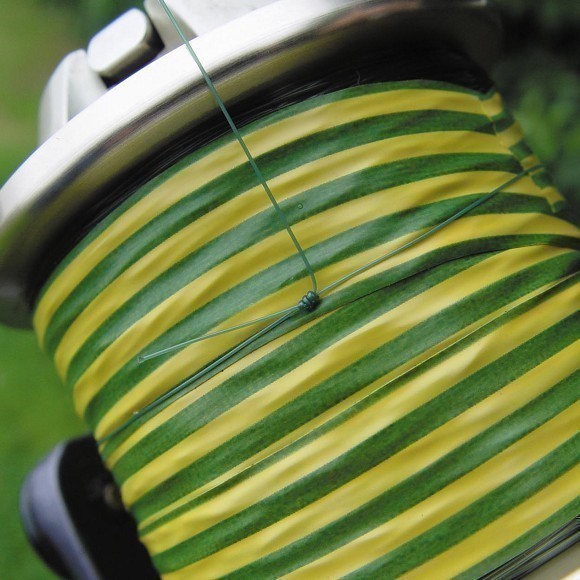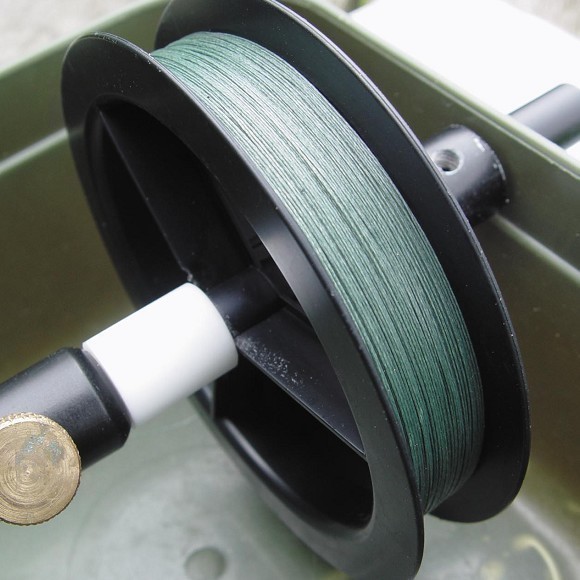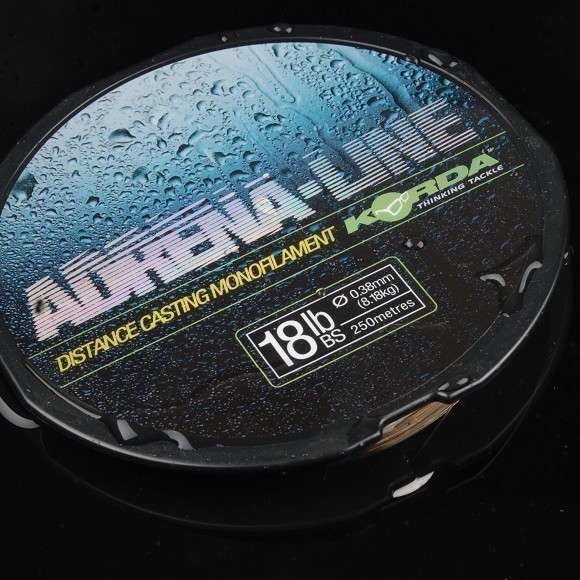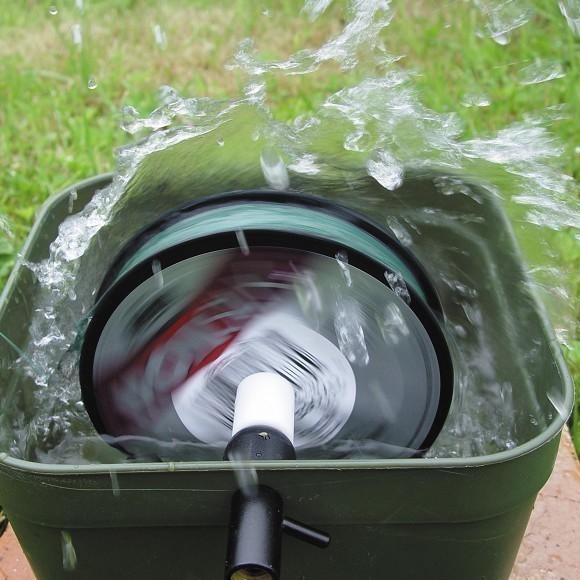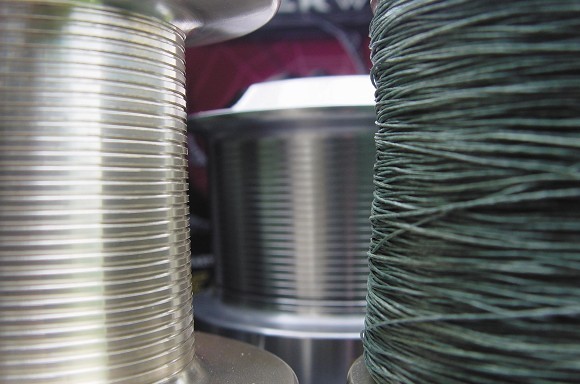
How to change your line quickly and easily
The chances are you haven't changed your line for at least six months - here's all you need to know...
“One of my least favourite jobs is changing my line on my reels. I hate it!” reveals Damian Clarke. “I am, however, totally paranoid about it and change it regularly whether it’s required or not.
“The first job is to strip off your spools. I always back up my spare spools and put one layer of white electrical tape so that when removing the line it’s easy to see where the line ends and the backing starts. You can remove your line either by pulling or winding it off or as I prefer, use a Stanley Knife. You do need to be extremely careful when doing this and with the tape over the backing it’s easier to avoid slicing through it. Just cut through it slowly and try not to go too deep, little and often is the best way, this also ensures that you don’t carve into the lip of the spool!
“With the line removed from all your spools, take the opportunity to clean the spools with some warm water removing any dried on algae or crap that’s accumulated over the months.”
1 Stripping back
“Putting your line back on is simple, especially if you’ve backed up your spools so that they only take 200yds of main line. All I do is, leaving the reel on the butt section of the rod, thread the line from the new spool through the butt ring and then just tie it around the spool by using a Four-Turn Grinner, this is a really easy knot to slide down and tighten. Once secure trim the loose end.”
2 Spooling up
“A lot of line manufacturers recommend a right and wrong way of spooling up, by working out which side of the line spool to lie on the ground. My preferred method is to use a square bait box with a cut down bankstick through it that acts like a spindle for the new line spool to rotate on. By adding water to the bait box it not only aids bedding the line down but also it helps to create resistance on the spool. On mine I have a collar that has a thumbscrew on to further add resistance by pushing the spool up against the side of the box.”
3 Soaking time
“To get the best from monofilaments it’s advisable to soak your new main line in some warm water a couple of hours before you spool up. Due to the porous nature of the line it will soften up and bed down beautifully. The only line that doesn’t absorb water or soften is fluorocarbon; its inherent properties repel water. Loading this type of line is certainly much easier on my spindle method.”
4 Slowing down
“By using my way of having the line rotate on the spindle you can’t go wrong. Just wind the line on at a constant speed holding the line between your thumb and forefinger for a nice even tension. Because you have pre-soaked the line and it’s spinning in water the friction between your fingers won’t be a problem. Just slow down the retrieve when you’re nearing the required fill amount so that you don’t get an ‘over spin’ on the line spool.”



